Muscle cars captured the hearts of many with their power and style, but at the core of that excitement are the engines that made them roar. These engines didn’t just deliver speed; they defined the muscle car era and influenced automotive culture for decades.
You want to know which engines played a major role in shaping the muscle car movement and why they remain legendary today. Understanding these powerhouses gives you a clearer look at what made muscle cars so special and why they continue to inspire fans around the world.
Chevrolet 396 Big Block
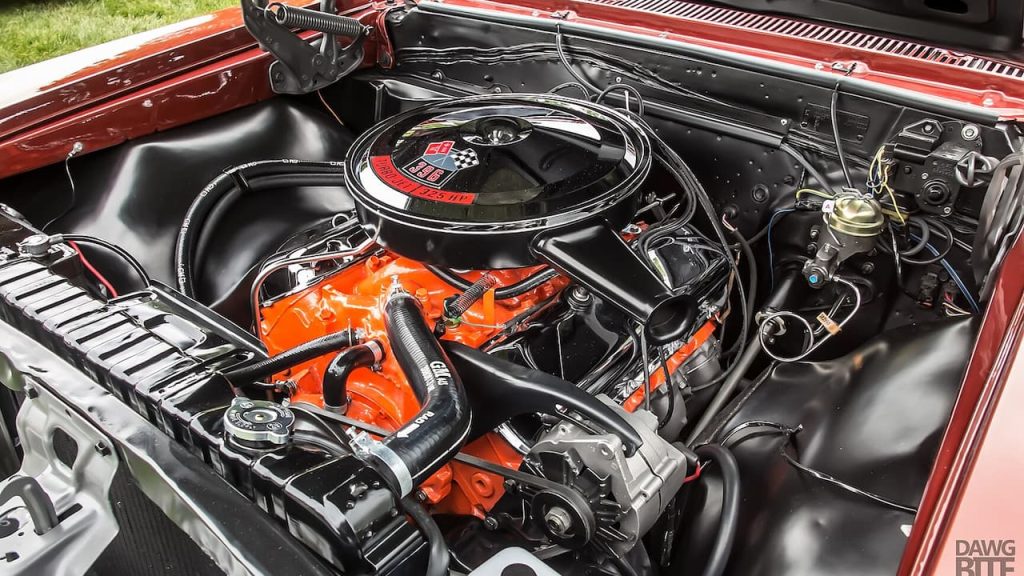
You’ll find the Chevrolet 396 Big Block was a key part of muscle car history. It packed strong performance with an official 425 horsepower and 415 lb-ft of torque.
This engine powered cars like the Chevelle SS 396, making them popular choices for muscle car fans. Its size and power gave your ride impressive muscle without losing street credibility.
If you want a classic engine that balanced power and style, the 396 Big Block fits the bill perfectly.
Chrysler 426 HEMI
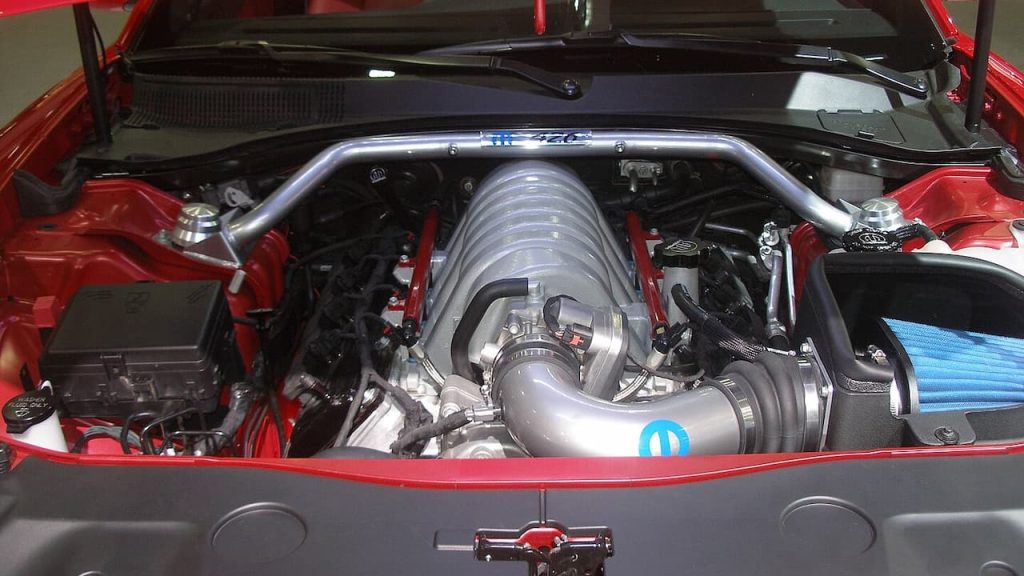
When you think of muscle car engines, the Chrysler 426 HEMI often comes to mind. It started as a racing engine with high compression and special features to boost power.
You might appreciate how it wasn’t just for speed but also had a strong street presence. Many enthusiasts still work on these engines to unlock even more potential.
The 426 HEMI’s design helped it perform exceptionally well on the track and the road, making it a favorite for muscle car fans everywhere.
Ford 427 Cammer
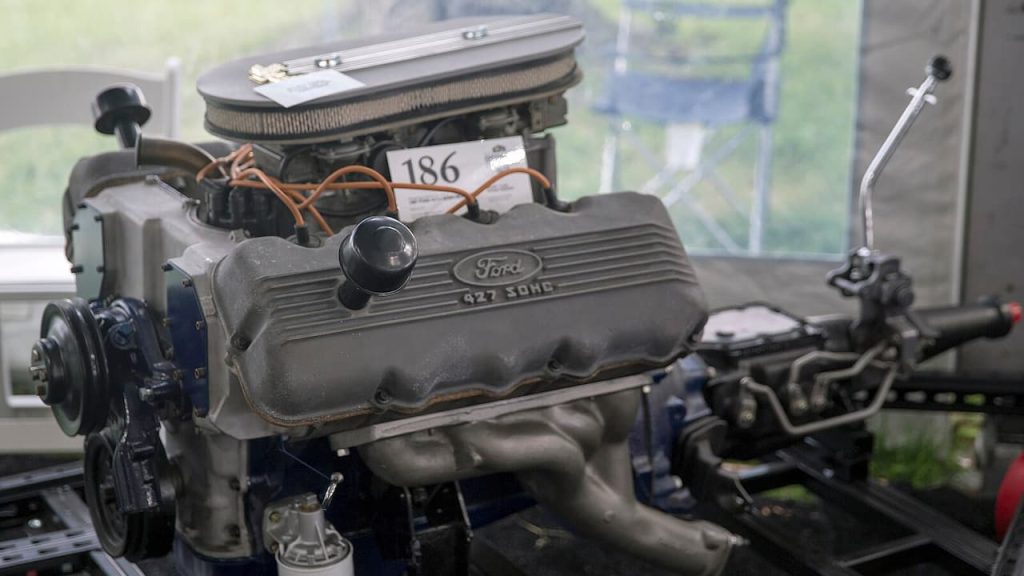
The Ford 427 Cammer, also called “The Cammer,” was built in the 1960s with a single overhead camshaft design. You might appreciate its power, as it delivered up to 660 horsepower, making it one of the strongest naturally aspirated V8s for decades.
Ford created this engine quickly to compete in racing, and it earned respect for its performance. If you’re a muscle car fan, the 427 Cammer represents a key piece of automotive history.
Ford 351 Cleveland
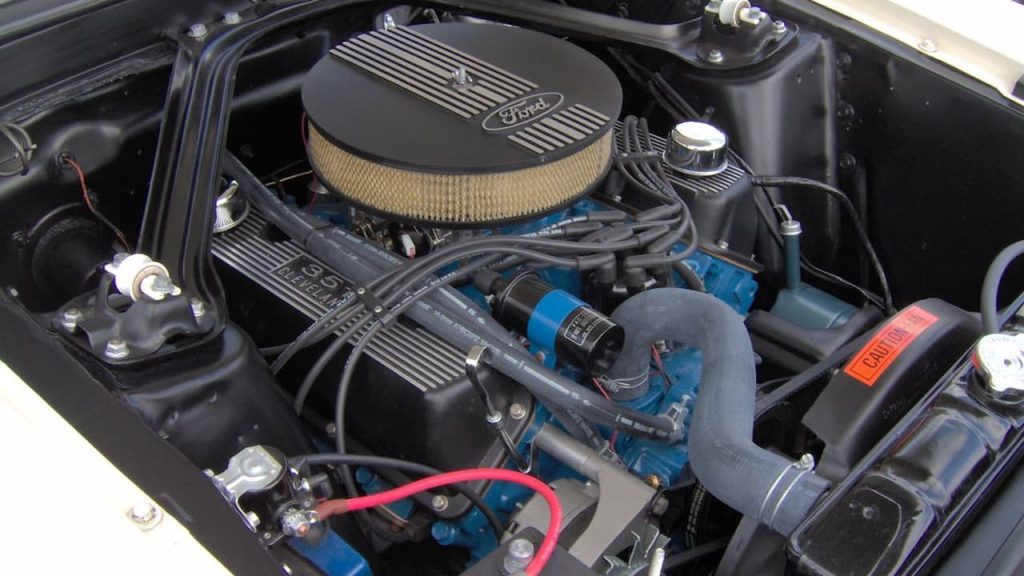
You’ll find the Ford 351 Cleveland has a unique place in muscle car history. It was introduced in the early 1970s as a high-performance alternative to the 351 Windsor.
This engine stood out for its design, including large ports that helped it breathe better. You might be surprised to learn it was heavily involved in racing but faced restrictions due to its power.
If you want an underrated powerhouse, the 351 Cleveland offers a blend of muscle and engineering that still impresses today.
Small Block Chevy 350
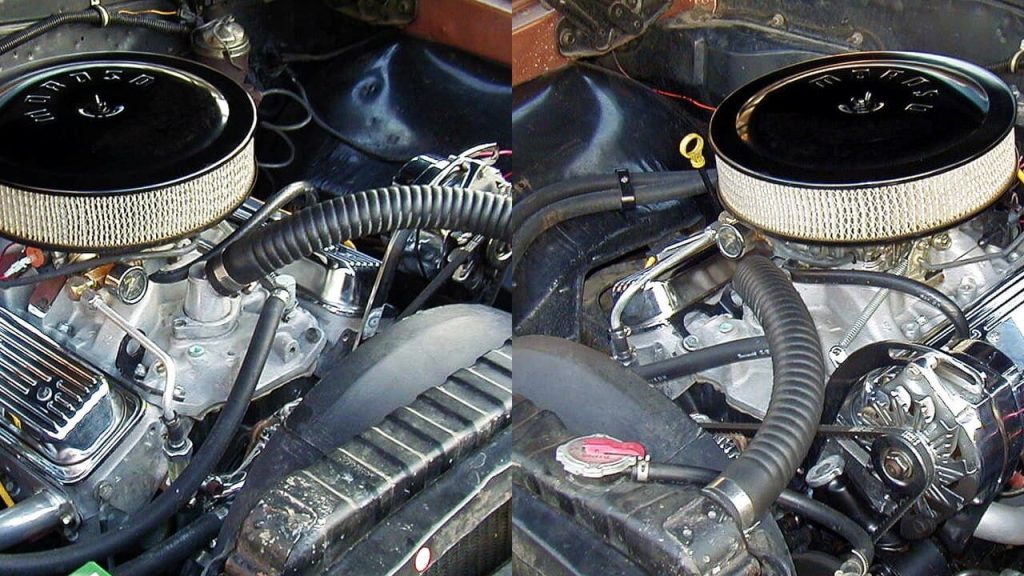
The Small Block Chevy 350 is a true icon in muscle car history. You’ll find it in countless classic cars because of its reliability and power.
This engine first appeared in the late 1960s and quickly became popular for its balance of performance and ease of maintenance. With various versions, it offered a range of horsepower to suit your needs.
If you want an engine that’s both legendary and practical, the 350 is a solid choice. It helped define the muscle car era and still powers many rides today.
Chevrolet 427 Z11 V8
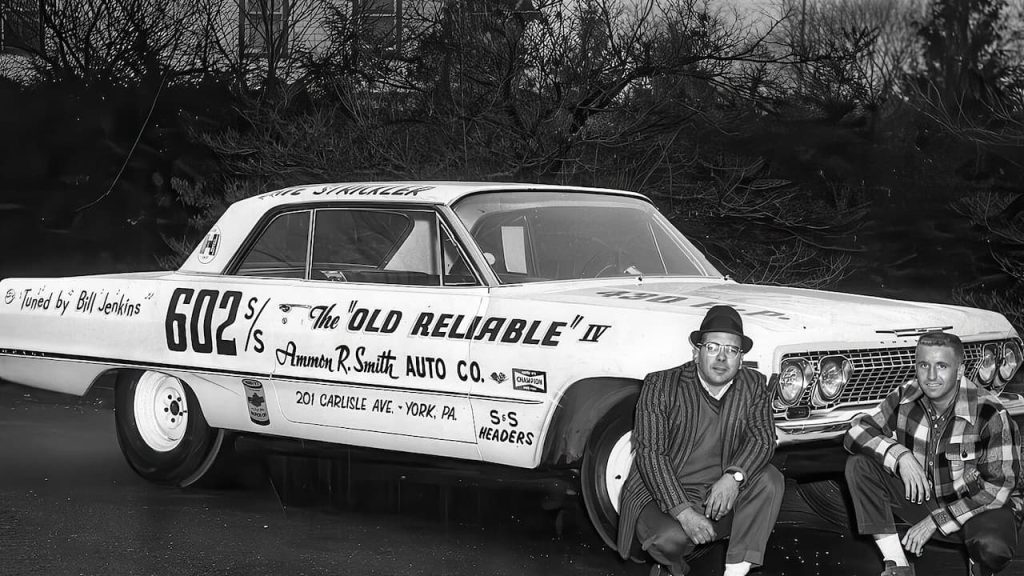
If you’re into muscle cars, the Chevrolet 427 Z11 V8 is a true gem. It was built for serious drag racing, specially designed to dominate the quarter-mile.
This engine powered the 1963 Impala Z11, a rare and lightweight package focused on speed. Its 427 cubic inches packed a serious punch, making your car a bracket brawler on the strip.
You won’t find many of these engines because they were made in limited numbers, built to rule Super Stock racing.
Ford 289 HiPo
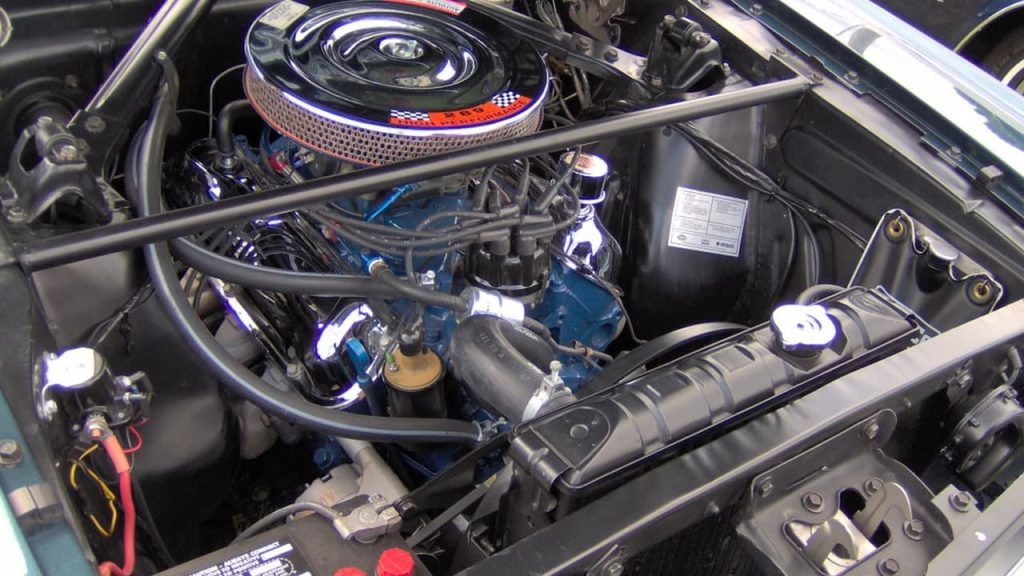
You’ll appreciate the Ford 289 HiPo for its solid 271 horsepower and durability. It came with heavy-duty parts and a four-speed manual transmission, offering a great balance of power and control.
This engine powered many classic Mustangs and gave pony cars a lively performance. Its 4-barrel Holley carburetor helped deliver strong airflow, boosting its efficiency and speed. The 289 HiPo is a fine example of muscle car engineering you can respect.
Mercury 427 SOHC
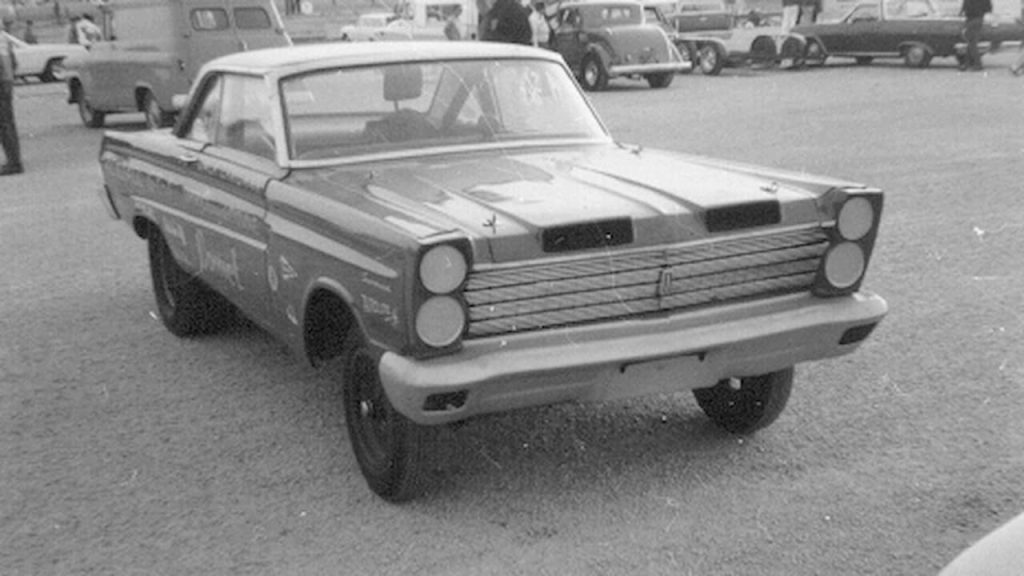
If you’re a muscle car fan, the Mercury 427 SOHC will catch your attention. This engine, part of Ford’s legendary 427 Cammer family, was a powerful V8 designed for racing.
You’d find it in Mercury’s experimental Comet drag cars, where it delivered impressive performance. It combined advanced overhead cam technology with big displacement to stand out in the muscle car era.
Chrysler FirePower 392

The Chrysler FirePower 392 is a classic V8 that played a key role in muscle car history. You’ll find this engine under the hoods of early 1950s models, known for its strong power and reliability.
With 392 cubic inches, it delivered solid performance for its time without modern complexity. If you appreciate muscle cars, the FirePower 392 is a great example of early American V8 engineering.
Ford 427 FE V8
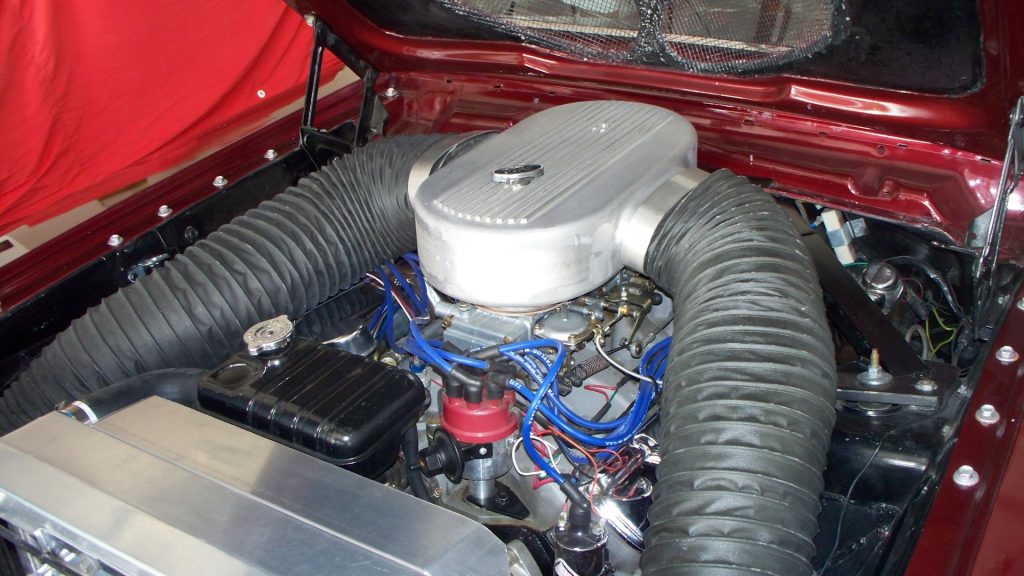
When you think of muscle car power, the Ford 427 FE V8 is a name you’ll often hear. It was designed to dominate racing and found its way into everything from trucks to muscle cars.
You’ll appreciate how the 427 FE was versatile and durable, making it a favorite for both street and track. If you want an engine with a strong racing history, this one stands out.
Chevrolet 454 LS6
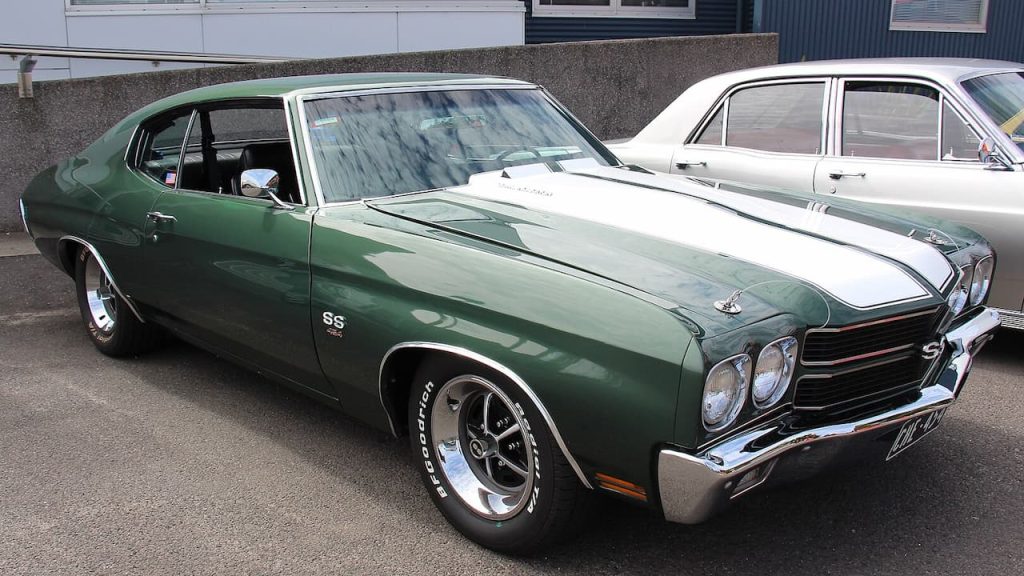
When you think of big-block power, the Chevrolet 454 LS6 stands out. Introduced in 1970, it packed 450 horsepower and 500 lb-ft of torque. This made your Chevelle SS a serious muscle car on the street.
The LS6 was known for its raw strength and performance. It gave you strong acceleration and a deep, rumbling engine note. Even today, it’s a favorite among muscle car fans.
Dodge 440 Magnum
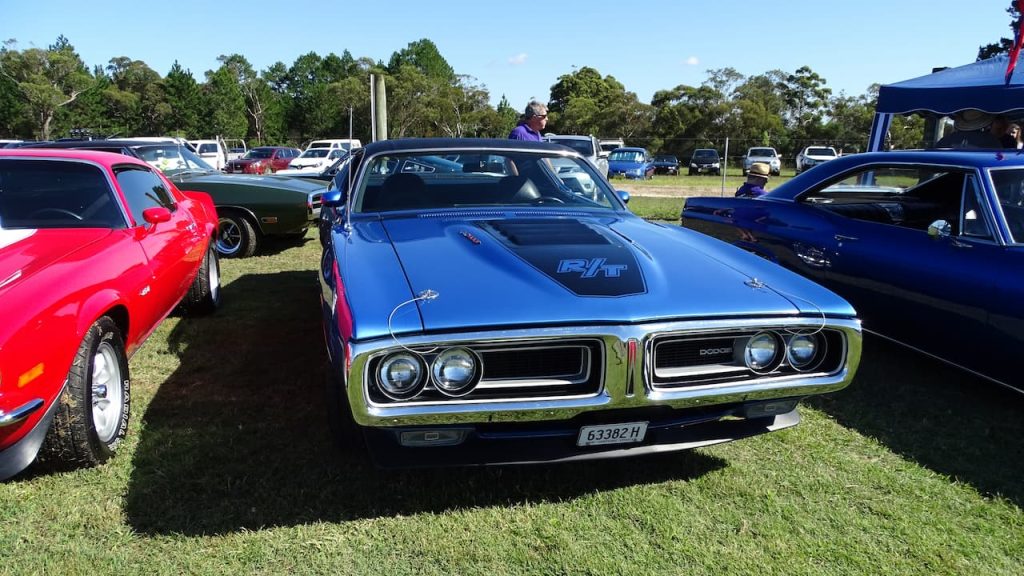
When you think of muscle car power, the Dodge 440 Magnum stands out. It debuted with 350 horsepower and 480 lb-ft of torque, making it a strong performer in Dodge’s lineup.
The 440 engine was a big-block V8 that gave your muscle car solid acceleration and reliable power. It was commonly found in models like the Dodge Charger and helped define the muscle car era.
If you want a classic engine packed with both heritage and performance, the 440 Magnum is a solid choice.
Pontiac 455 HO
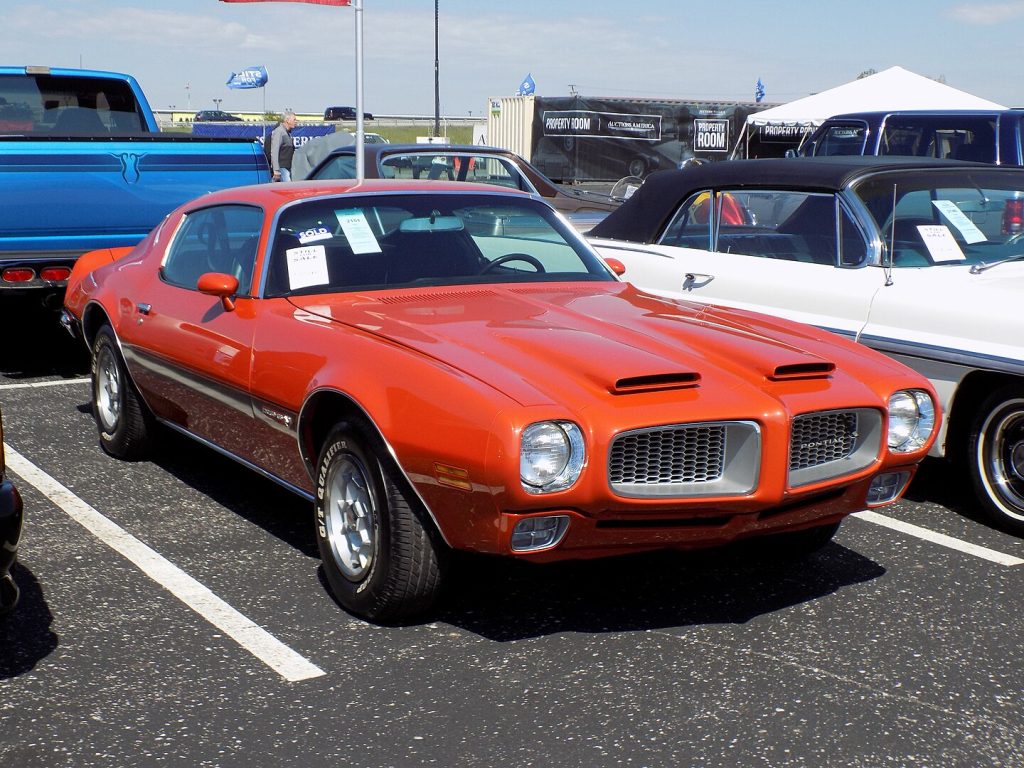
The Pontiac 455 HO is a powerful V8 that made a strong impact in the early 1970s. You’ll find it in classic muscle cars like the GTO and Firebird.
It was known for its solid torque, giving your car great acceleration and road presence. The 455 HO improved on Pontiac’s earlier engines with better breathing and stronger internals.
If you’re into muscle car history, this engine shows how Pontiac pushed for more performance during the muscle car era.
Oldsmobile 455 Rocket
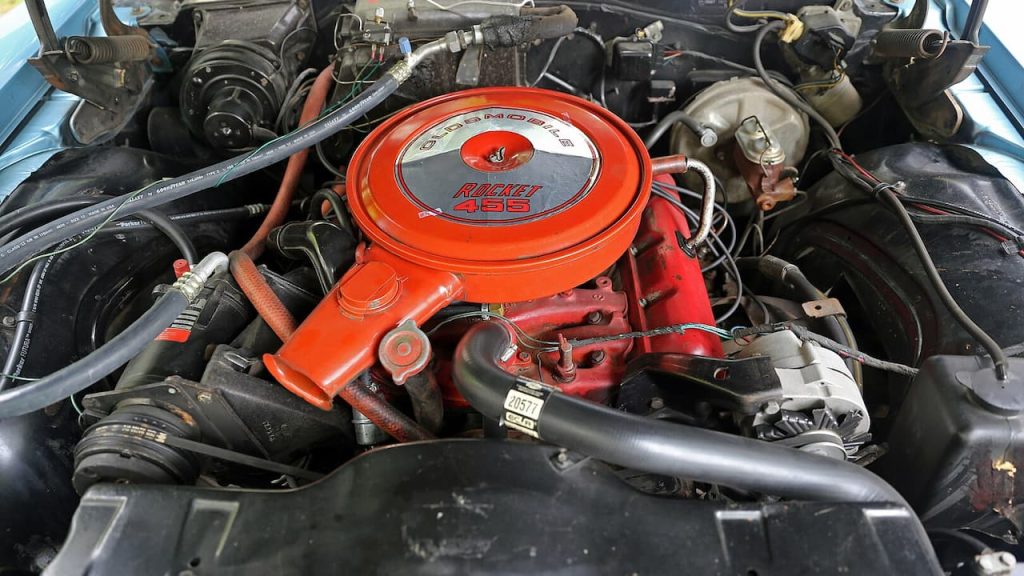
The Oldsmobile 455 Rocket engine debuted in 1968 and quickly became a favorite among muscle car fans. You’ll appreciate its strong torque, often reaching up to 500 lb-ft, which gave your car serious pulling power.
If you own a 4-4-2 with the W-30 package, you’re driving one of the best examples of this engine’s muscle. Its large 4.25-inch bore and reliable design made it a solid choice for performance and durability.
AMC 401 V8
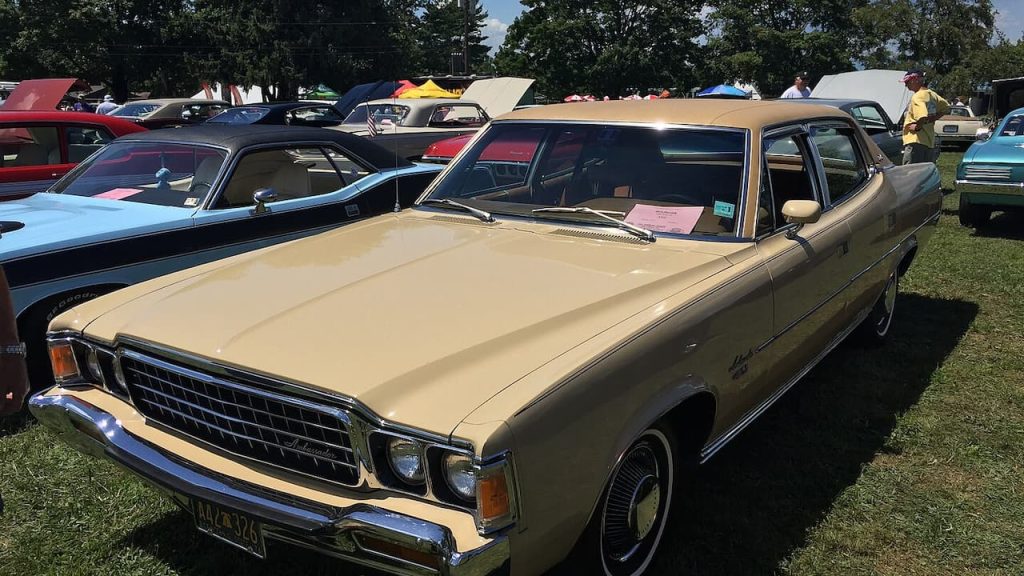
You’ll find the AMC 401 V8 is a strong performer in the muscle car world. It delivers 330 horsepower and 430 lb-ft of torque, which gave many muscle cars a solid boost.
If you want a reliable, street-friendly engine with authentic muscle car roots, this one fits the bill. It’s not the most famous, but it earned respect for its power and durability. Your ’70 AMX or similar car would benefit from this engine’s smooth, reliable punch.
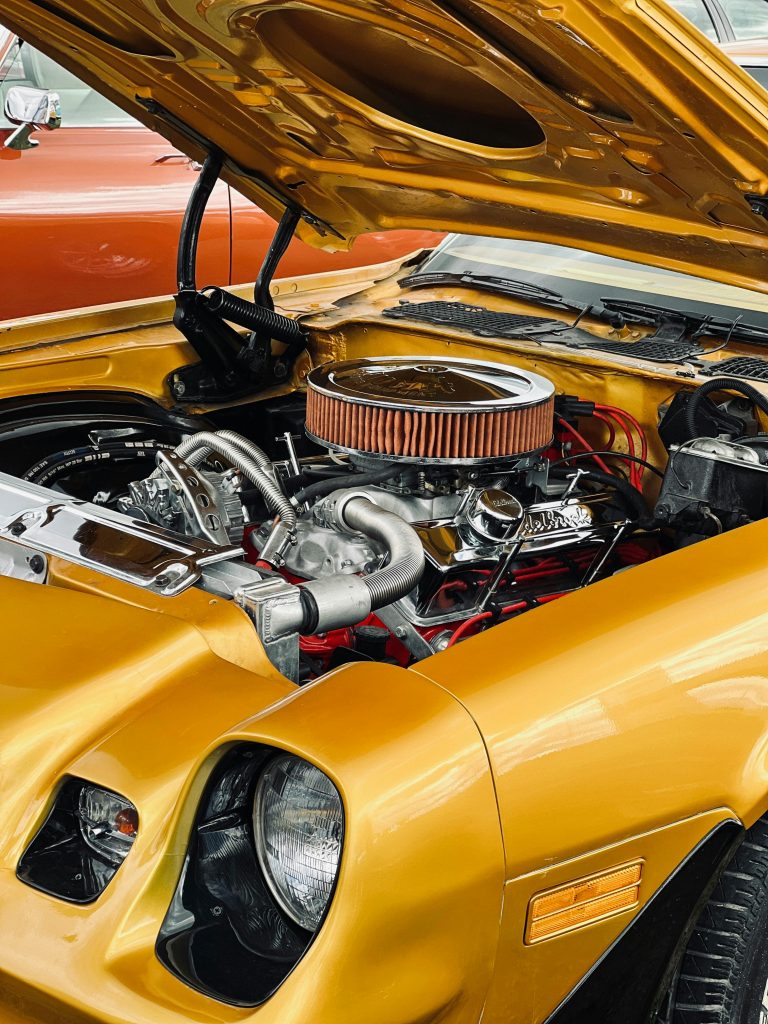
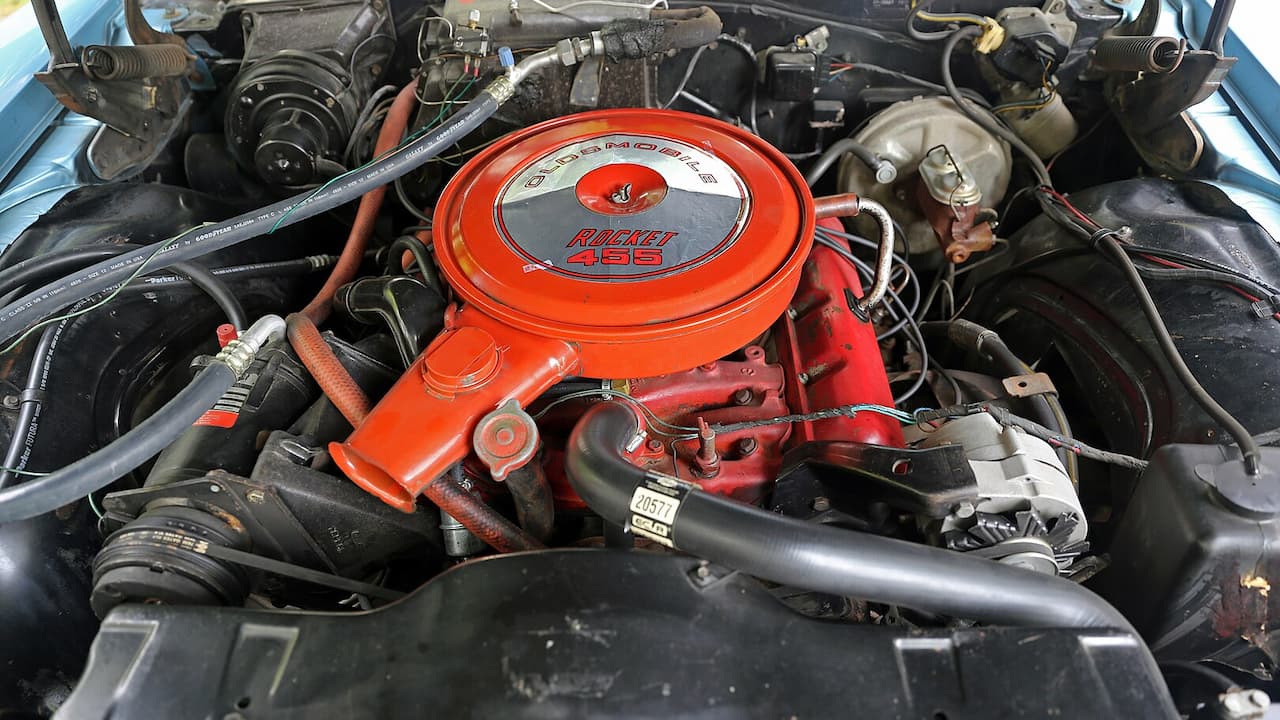
Leave a Reply